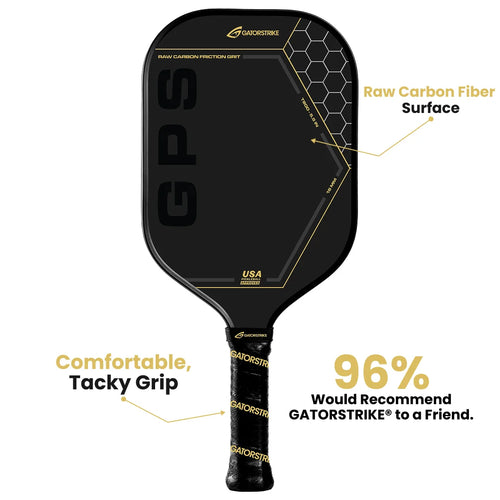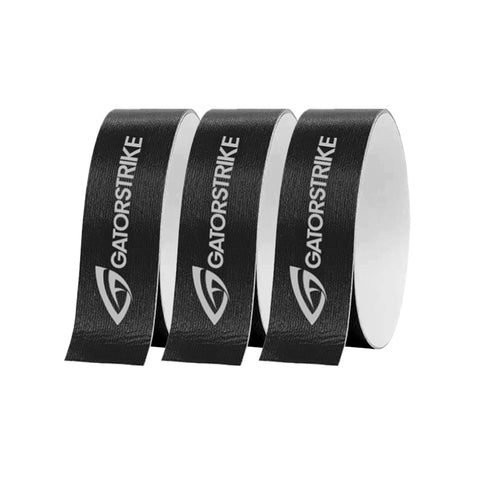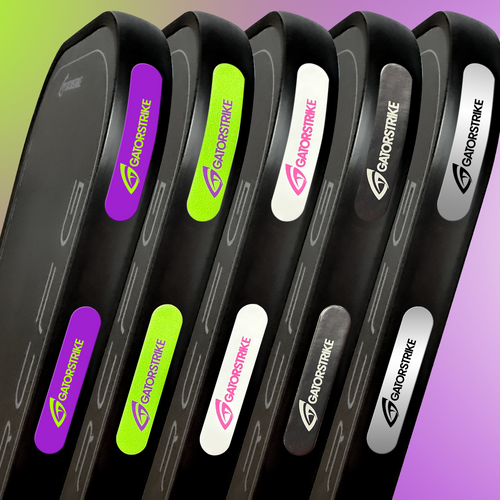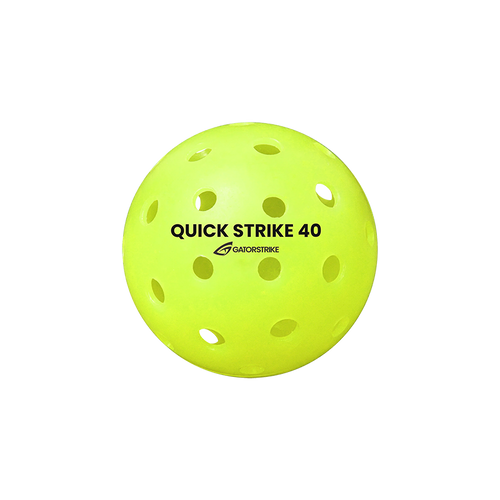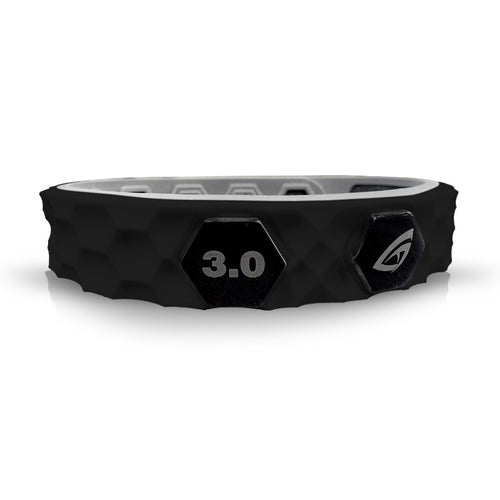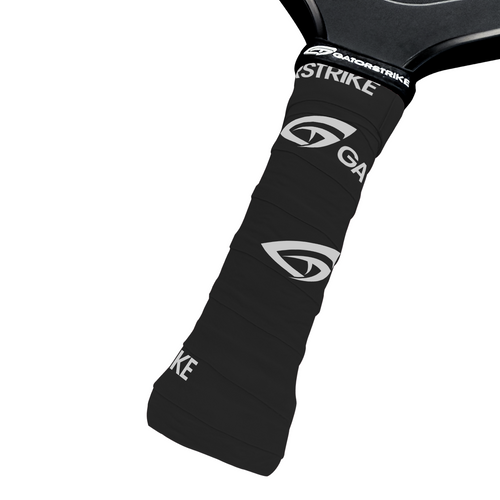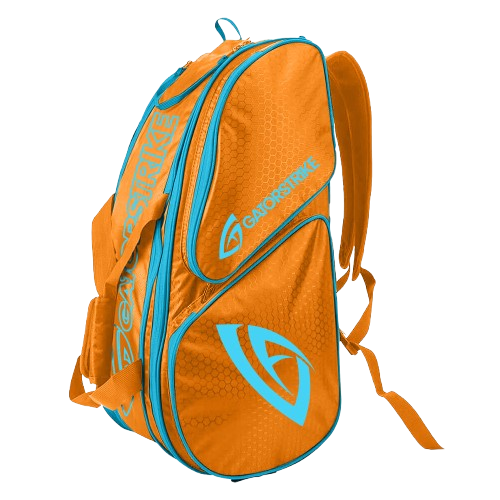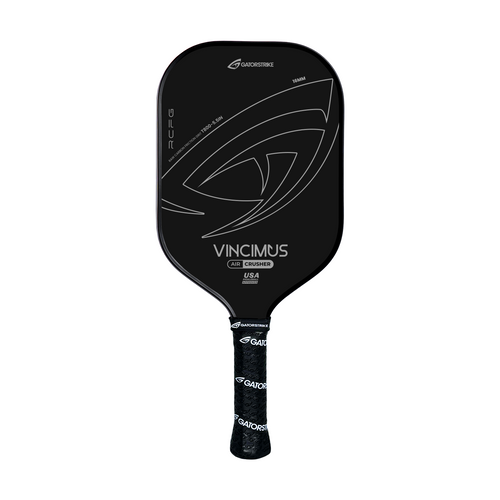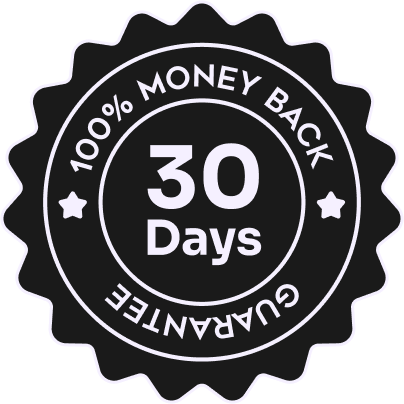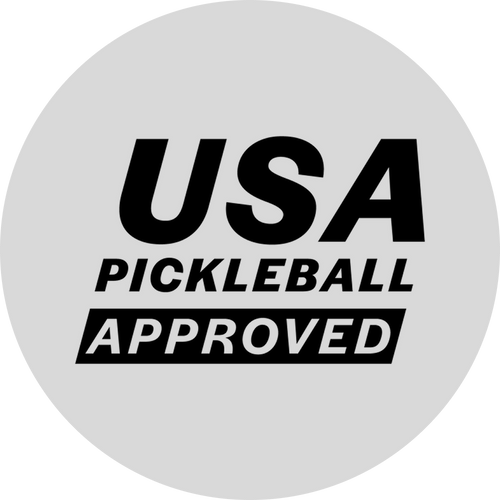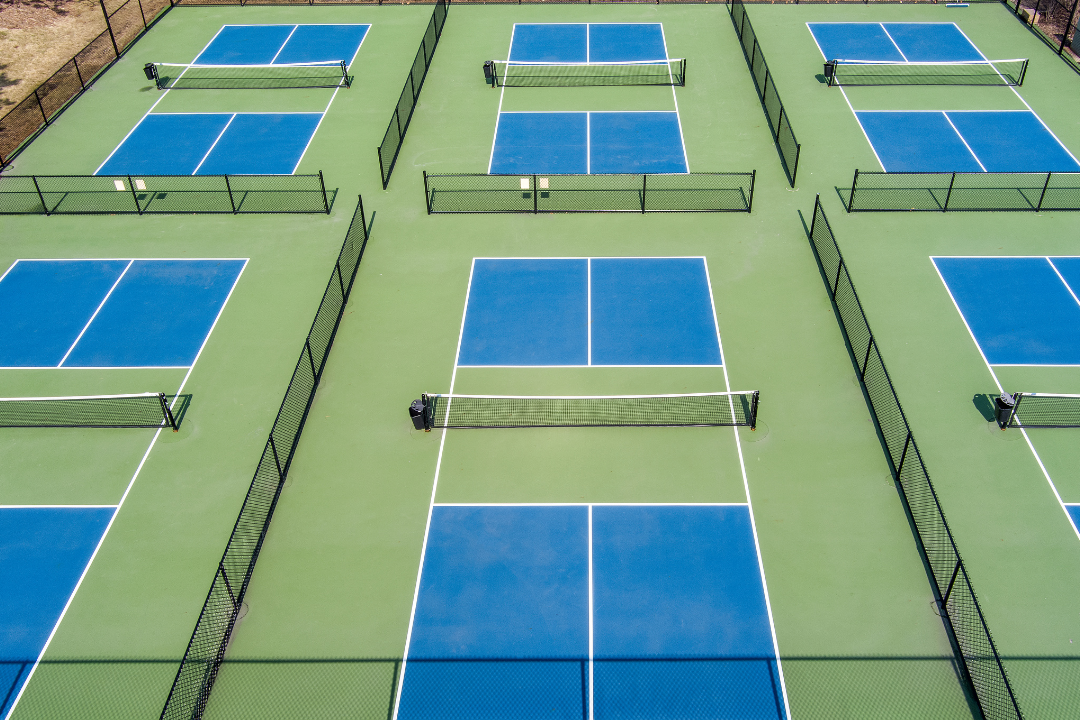
Be Ready and Get Caught Less: Improving Your On-Court Preparedness
Share
In the fast-paced world of pickleball, preparedness isn’t just a strategy—it’s a mindset. The ability to anticipate, react, and position yourself effectively on the court can mean the difference between a victorious rally and a missed opportunity. Being "ready" goes beyond physical readiness; it involves mental sharpness, strategic foresight, and a keen sense of the game’s flow.
This article delves into the art of on-court preparedness, offering actionable tips to ensure you stay one step ahead, minimize errors, and maximize your impact during every match.
The Essence of Preparedness
Pickleball is a dynamic game that requires split-second decisions. Players who are caught off guard often find themselves scrambling to recover—a position that rarely leads to success. Preparedness allows you to:
- Anticipate Opponent Moves: Recognize patterns and cues to predict where the ball will go.
- Position Yourself Effectively: Be in the right place at the right time, ready for any shot.
- Maintain Consistency: Reduce unforced errors by staying focused and engaged.
Physical Preparedness: Ready Position and Footwork
1. Adopt the Ready Position
The ready position is your baseline posture during rallies. It ensures you’re balanced, agile, and ready to react.
- Knees Bent: Slightly flexed knees keep you low and stable.
- Weight Forward: Lean slightly forward on the balls of your feet for quick movement.
- Paddle Up: Keep your paddle at chest height, angled slightly upward.
Being in the ready position not only primes you for action but also conserves energy by reducing unnecessary movements.
2. Master Dynamic Footwork
Good footwork is the foundation of on-court success. It enables you to reach the ball efficiently without overextending or losing balance.
- Side-Stepping for Precision: Use lateral movements instead of crossing your feet to stay aligned and ready to pivot.
- Split-Stepping for Agility: Just before your opponent hits the ball, perform a small hop to reset your stance and prepare to move in any direction.
- Close the Gap: Move toward the net quickly when appropriate to control the game’s tempo and pressure your opponent.
Mental Preparedness: Staying Focused Under Pressure
1. Read Your Opponent
Observing your opponent’s body language, paddle angle, and positioning can provide invaluable insights. For example:
- A closed paddle face often signals a dink or soft shot.
- A wide stance may indicate an intent to drive the ball with power.
2. Visualize Scenarios
Mental visualization is a powerful tool used by top athletes. Before the game, imagine different scenarios and how you’d respond. This practice sharpens your anticipation and builds confidence.
3. Cultivate a Growth Mindset
Preparedness isn’t about perfection—it’s about progression. Embrace mistakes as learning opportunities, and focus on continuous improvement rather than immediate results.
Strategic Preparedness: Playing the Long Game
1. Court Awareness
Understanding the geometry of the court and your opponent’s positioning is key. For instance:
- If your opponent is pushed deep, a well-placed drop shot can force them into an awkward position.
- When they’re stationed at the net, a lob can turn the tide in your favor.
2. Communication in Doubles
In doubles, teamwork is essential. Communicate clearly with your partner to avoid overlaps and missed opportunities. Use phrases like “Yours!” or “Mine!” to ensure clarity.
3. Serve and Return Strategy
Your serve sets the tone for the rally, and your return dictates its direction. Focus on serving deep to limit your opponent’s options and returning shots that neutralize their strengths.
Practical Drills to Enhance Preparedness
1. Reaction Wall Drill
Stand 6–8 feet from a wall and hit the ball against it at varying speeds and angles. This drill improves reflexes and prepares you for unpredictable shots.
2. Shadow Movement Drill
Without a ball, practice moving to different court positions based on imaginary scenarios. Focus on fluidity and precision in your movements.
3. Serve-and-Sprint Drill
After serving, sprint to the kitchen line and assume the ready position. This drill reinforces the habit of transitioning quickly and effectively.
Common Mistakes and How to Avoid Them
1. Standing Flat-Footed
Solution: Stay on the balls of your feet to remain agile and responsive.
2. Overcommitting
Solution: Wait for your opponent’s shot before committing to a direction. Patience is crucial.
3. Neglecting the Mental Game
Solution: Incorporate mindfulness practices like deep breathing to stay focused and composed during high-pressure moments.
Conclusion: Preparedness as a Competitive Edge
In pickleball, as in life, preparation breeds confidence. By honing your physical readiness, sharpening your mental focus, and crafting strategic plans, you position yourself as a formidable player who is rarely caught off guard.
So, step onto the court with intention, embrace the principles of preparedness, and watch as your game transforms from reactive to proactive. After all, in pickleball, being ready isn’t just half the battle—it’s the whole game.
